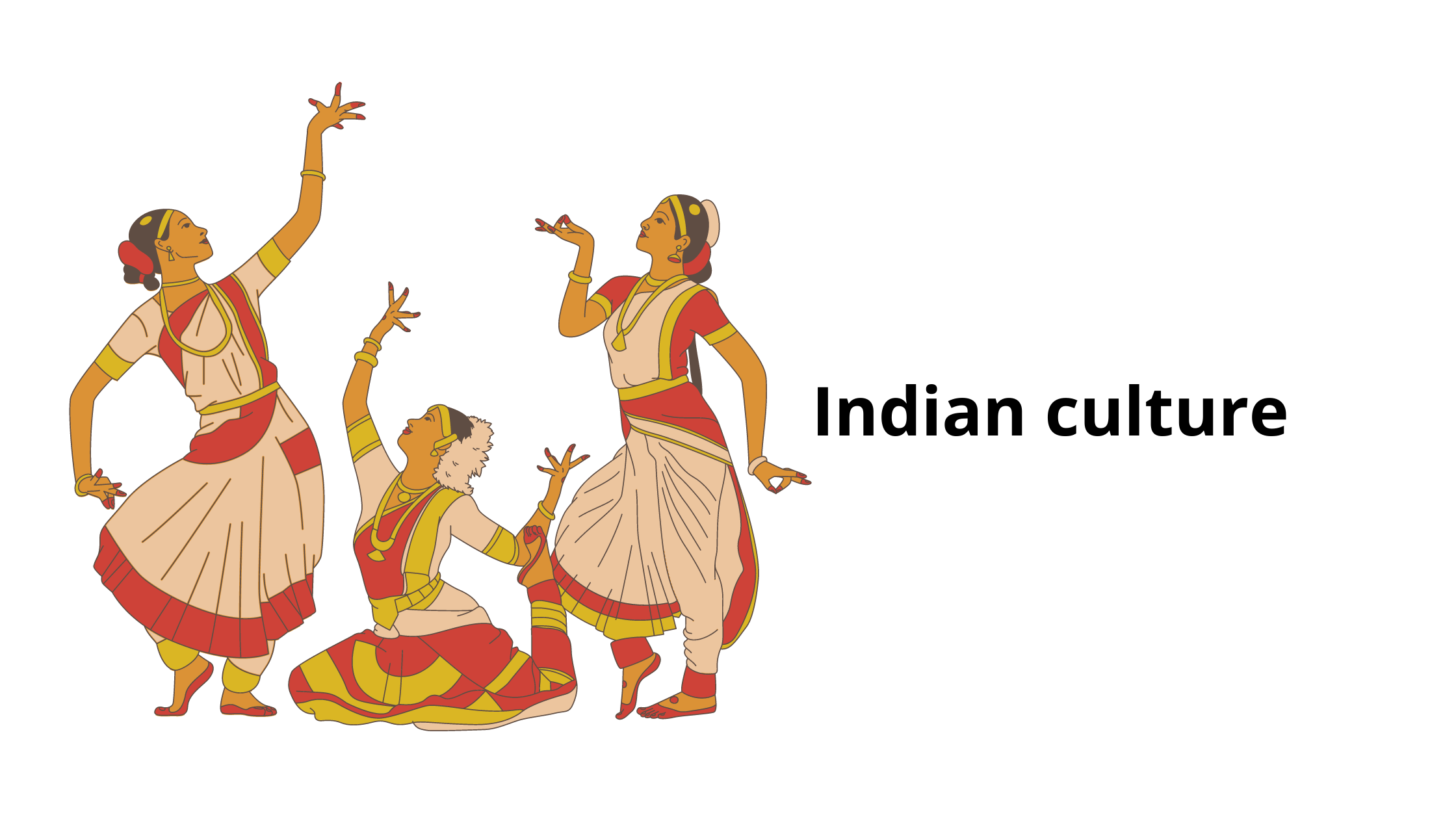Indian culture
India is a diverse country, and there are so many different types of people are living who are following the unique and beautiful culture according to the characteristics and knowledge of their group, encompassing language, religion, cuisine, social habits, music, and arts. India does have a diverse religious make-up with so many different peoples there who follows different culture which includes Buddhism, Islam, and Christianity, but by far the most widely practiced in Hinduism, and all based on the concepts of dharma and karma. Hindu temples are therefore extremely commonplace throughout the country, and lots of traditions and practices from Hinduism became intrinsic parts of Indian culture and hence been a pride to the country.
India is one among the foremost religiously and ethnically diverse nations from everywhere the planet, with a number of the foremost deeply religious societies and cultures.
India is a land of ‘unity in diversity, and our dances have a unique form to perform.
Different forms of dance (classified as folk or classical) find their origin from various parts of the country, and that is a way of representation of the particular culture from which they originate.
From different parts of the country, and these dances represent particular cultures from which they originate. Eight classical dances, which are classified as Indian classical dances and find a mention in the Hindu Sanskrit text ‘Natyashashtra’, (meaning performing arts) are:
- Bharatnatyam from Tamil Nadu
- Kathakali from Kerela
- Kathak from North, West, and Central India
- Mohiniyattam from Kerela
- Kuchipudi from Andhra Pradesh
- Odissi from Odhisa
- Manipuri from Manipur
- Sattriya from Assam
All the dance mentioned above forms are complete dance drama, wherein a dancer or performer narrates an entire story, almost entirely and exclusively through gestures and through mudras. Such stories are mostly supported the vast Indian mythology. Classical dances in India are strictly classified and performed according to the rules and guidelines prescribed in the Natyashastra. Just like Classical dances, folk dances in India originate from different regions of the country. These performances are mostly supported stories that are orally passed on from one generation to the opposite. Folk dances mainly trace their importance to the rural areas, where performances depict the day-to-day life of rural inhabitants and have been the best option for entertainment.




